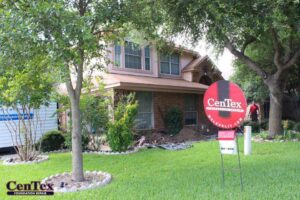Foundation repairs are some of the costliest issues a homeowner will ever experience. Pier and beam foundation repairs range from $4,000 to more than $10,000. There are many factors in the cost of a pier and beam foundation repair. Awareness of these factors can help you decide how to proceed with the project and which contractor to use for the job.
Why Is a Pier and Beam Foundation Repair Expensive?
The most expensive part of a pier and beam foundation repair is the labor. It takes a crew of several skilled workers many hours to perform this work. The work environment is complex. Most of the work takes place in a small crawl space that’s difficult to access, dark, damp, and cramped.
What Are the Materials?
In many cases, these homes need extensive repairs because of rotted wood. The price of wood varies from season to season and from one location to another. Ongoing supply chain issues have driven the cost of raw materials, such as wood beams, much higher than contractors’ price a few years ago. If a lot of the wood joists and beams have rotted, this will increase the cost of repairs. Homes with large foundations have more beams, so their repairs will require more materials and labor.
Are There Other Costs of Repairing a Pier and Beam Foundation?
A pier and beam foundation repair may also require additional work on the home or property. If this work isn’t performed, the foundation repairs may be a failure. If the soil under your home has settled or compacted, you might need underpinning in addition to the replacement of beams and joists. Underpinning adds an average of $3,000 to a foundation repair. Large homes or homes built on clay soil may require helical pier installation. Before installing helical piers, a structural engineer must perform an inspection. Hiring a structural engineer average $500, and each helical pier costs about $1,500 to $2,200 to install.
Why Do Pier and Beam Foundations Need Repairs?
Moisture damage is the most common reason why pier and beam foundations need repairs. The wood absorbs moisture, which leads to mildew and rotting. Termites are also attracted to the wet wood. Rodents and carpenter ants can cause structural problems with these foundations. Without proper venting, toxic mold may grow in the crawl space or on the piers and beams.
Newly constructed pier and beam foundations lift a home about 18 to 24 inches from the soil’s surface. In areas prone to flooding, this offers protection from water damage. New pier and beam houses usually have a concrete perimeter with a crawl space. The crawl space provides access to plumbing, electrical boxes, and conduit for air conditioners and heat pumps. These foundations cost less to construct than concrete block foundations, and they work in a range of soil types.